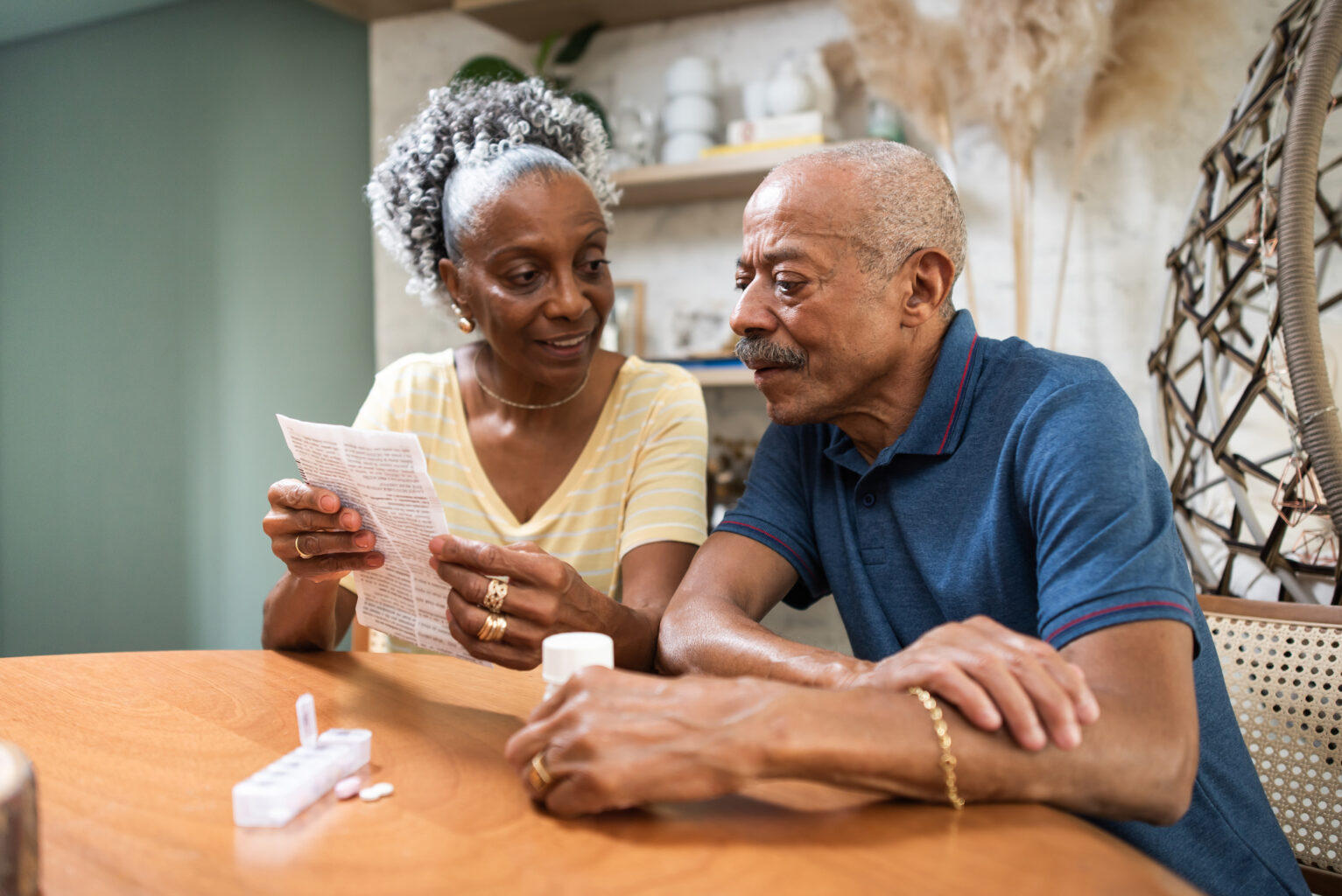Senior Safety with Opioid Medications

Opioid addiction is still a problem in the U.S. Although a lot of media attention focuses on users who buy these medications on the street, most opioids are provided by healthcare providers through legitimate prescriptions. In fact, many older adults abuse opioid medications they were prescribed.
Not so long ago, the thinking was that seniors who used opioids to treat pain would not become addicted. That turned out not to be entirely true. Now, there is an emphasis on “deprescribing”—carefully evaluating whether a patient needs a particular drug. Unfortunately, some patients who take these medications for legitimate purposes are having trouble obtaining them. Experts say it is a delicate balancing act; under the close supervision of a senior’s doctor, these drugs can be part of an effective pain control strategy.
But opioids can cause health problems for older adults, such as liver and kidney damage. And studies show these drugs can be a major risk factor for dangerous falls among older adults. A study published by the Canadian Medical Association Journal looked at the records of seniors admitted to the hospital due to falls. The researchers found that patients who had filled an opioid prescription during the previous two weeks were 2.4 times more likely to have suffered a fall injury. And, said the researchers, “Patients whose falls were linked to opioid use were also more likely to die during their hospital stay.”
Other studies have shown that seniors taking opioids are five times more likely to fracture a bone; that taking strong opioids doubles the risk of a debilitating hip fracture; and that people taking opioids are more likely have a car crash.
Opioid medications, when taken as directed and under close supervision of a doctor, can be part of an effective pain medication regimen. But seniors who use these drugs are advised to:
Talk to the doctor about non-opioid medications, such as nonsteroidal anti-inflammatories (NSAIDs), the class of drugs that includes aspirin, ibuprofen (Advil, Motrin), naproxen (Aleve) and Celebrex. Antidepressant medications and injections also may help. These drugs should be taken only as prescribed, as they can have dangerous side effects, too.
Learn about alternatives to medication, such as physical therapy, counseling and education, meditation and tai chi, and a full pain management program. Exercise and spending more time with others also have been found to reduce the perception of pain. And some studies show that treating depression can greatly decrease the amount of pain an older adult experiences.
Manage medications carefully. Patients who take opioid medications should have the doctor or pharmacist regularly review all their medications. Take them only as prescribed—the recommended amount and in the way the doctor advises. For patients having trouble keeping track of medications, pill boxes, automated reminders, a chart or specially packaged doses may help.
Dispose of unwanted medications. Studies show that many people who abuse opioids get them right out of a loved one’s medicine cabinet. For example, a relative might help themselves to the medications of a hospice patient. Store these drugs safely, and when they’re not needed, ask your pharmacist or doctor about safe disposal, preferably at a drug take back location or event.
The World Health Organization calls the effective management of pain “a fundamental human right.” Work with your doctor to create the pain-management strategy that is most effective—and safe—for you.
Source: IlluminAge
![Health Concepts [logo]](https://healthconceptsltd.com/wp-content/themes/healthconcepts-corporate/images/logo.png)
